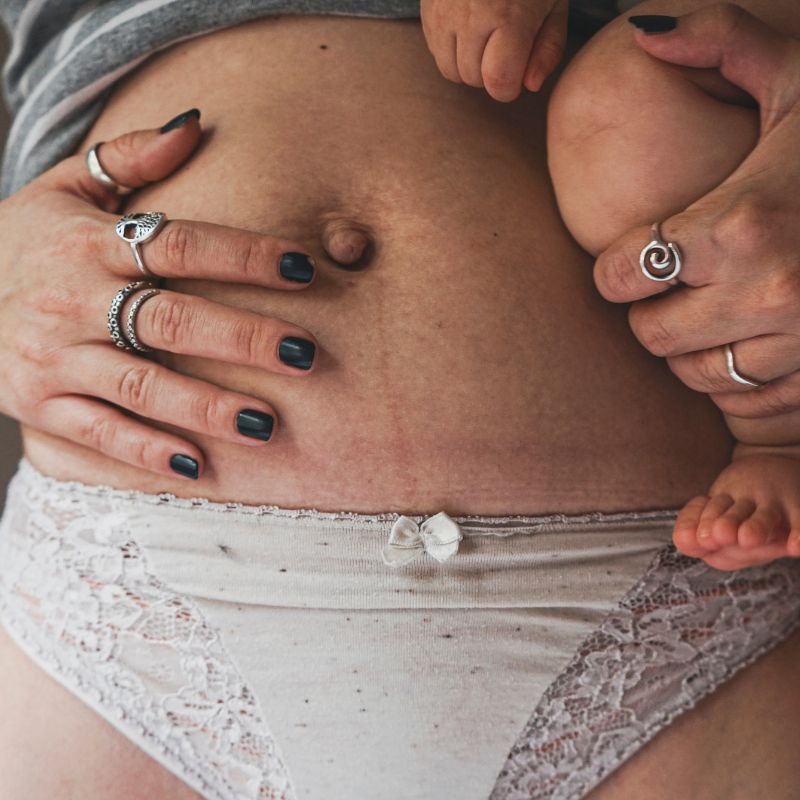Feeling your baby move inside you is an incredible milestone in pregnancy. As a first-time mum or even if you’ve been through this before, understanding quickening and when you can expect to feel those magical kicks is an exciting journey. In this blog post, we will explore the signs of quickening, normal patterns of foetal movement, and how you can monitor and bond with your baby through their movements. So let’s dive in and unravel the mysteries of your baby’s growth and movement!
When Can You Feel the Baby Kick?
One of the most anticipated moments for expecting parents is feeling their baby’s first movements. The timing of foetal movements can vary, but generally, most women start to feel their baby kick between 18 and 24 weeks of pregnancy. Some women may experience quickening as early as 16 weeks, while others may have to wait until around 20 weeks or even longer. If you are pregnant with your first, it’s likely you won’t feel their movements until around the 20 week mark.
Signs of Quickening and Sensations of Foetal Activity
The signs of quickening can be unique for every expectant mother. Initially, foetal movements may feel like gentle fluttering sensations in the lower abdomen, similar to the bubbles of gas. As your baby grows, these sensations will become more pronounced and recognisable as actual kicks and punches. You may even start to notice patterns, with certain times of the day when your baby is more active.
Tracking Foetal Activity and Monitoring Baby’s Movements
Monitoring your baby’s movements is an important way to ensure their well-being. By keeping track of what is a ‘normal’ amount of movement for your baby, you can identify any potential concerns. If you notice a change in frequency or a decrease in your baby’s movement, it’s crucial to contact your midwife or maternity unit for further checks.
Bonding with Your Baby through Movement
Feeling your baby move is not only a physical experience but also a precious opportunity to bond with your little one. Take the time to sit quietly, place your hands on your belly, and feel the rhythmic kicks and rolls. Talk to your baby, play soothing music, or gently massage your abdomen. These simple acts of connection can deepen the bond between you and your baby.
Understanding Decreased Foetal Movement Concerns
While it’s normal for foetal movements to vary throughout the day, any significant decrease in your baby’s movements should be taken seriously. If you notice a decline in activity, reach out to your healthcare provider immediately. They will assess your situation and provide guidance to ensure the well-being of both you and your baby.
Normal Patterns of Foetal Movement
Understanding the normal patterns of foetal movement can help alleviate any anxiety or concerns you may have. During the second and third trimesters, you should feel your baby move regularly, with noticeable periods of increased activity and rest. Some babies are more active at night, while others may be more active during the day. It’s essential to remember that each baby has their unique sleep habits and activity patterns.
Recognising Foetal Kicks and Punches
As your pregnancy progresses, you’ll become more adept at recognising your baby’s kicks and punches. Foetal movements can range from gentle flutters to stronger jabs and rolls. You may even be able to distinguish between a foot, an elbow, or a tiny hand pressing against your belly. Paying attention to these subtle cues strengthens the bond between you and your baby.
The Joys of Second or Third-Trimester Movements
As you enter the second and third trimesters, you can look forward to more pronounced movements from your growing baby. The kicks and punches will become stronger, and you may even see your belly visibly shifting as your little one explores their confined space.
Baby’s Sleep Patterns in the Womb
Just like us, babies have their sleep cycles even before they enter the world. While you may feel your baby move frequently during certain parts of the day, there will be periods of sleep as well. It’s normal for your baby to have active and quiet phases. Pay attention to these patterns, but don’t be alarmed if there are times when your baby seems less active. Trust that their sleep habits are essential for their development.
Tips for Bonding with Your Baby
Beyond monitoring movements, there are many other ways to bond with your baby during pregnancy. Talk to them, sing songs, or read stories aloud. It is also great for dad to start chatting and bonding with baby too. Engaging in these bonding activities creates a nurturing environment for both you and your little one.
Feeling your baby move inside you is an exciting experience. As their kicks grow stronger and your partner and family can feel their movements too, the whole family starts to bond. By recognising and tracking the normal patterns of movement for your baby, you will know when to seek guidance if you see a change in their activity. Enjoy every magical sensation and look forward to the remarkable moments yet to come.

















